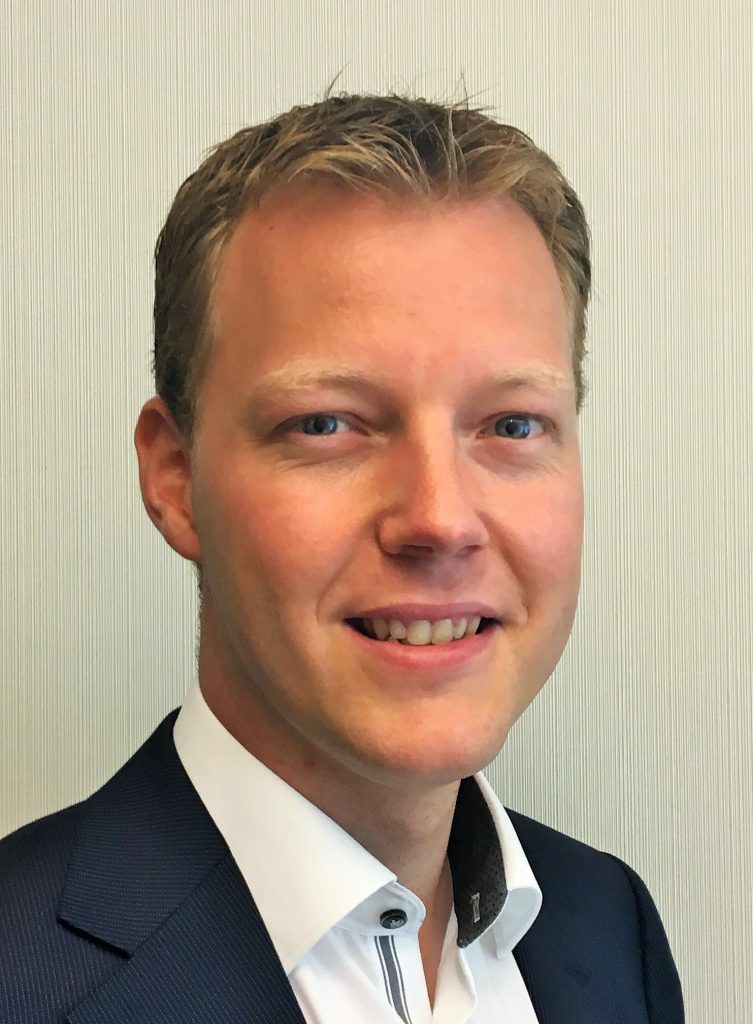Heineken chose to form a new captive in 2021 to write international employee benefits for the group.

Heineken, a long time captive owner in the Netherlands, went live with its second captive in 2021 as it embarked on a new financing strategy for international employee benefits.
The Dutch brewing giant chose to form Haystack Re Designated Activity Company (DAC) in Dublin, Ireland, instead of restructuring its 15-year-old self-managed property & casualty captive, Roeminck Insurance NV.
Speaking in an exclusive interview on GCP #65 Rogier Bouwman, global pensions and benefits manager, explained that they were keen for the employee benefits captive to use an outsourced management model. In addition, adding EB to Roeminck would have required converting it into a reinsurance captive.
When asked why they chose to establish a new, separate captive Bouwman admitted that it was not their first thought. “Indeed in the beginning, we also thought to leverage upon our existing captive.”
As the project continued, however, it became clear that there were a number of motives to go down the standalone EB captive route.
Roeminck Insurance, domiciled in the Netherlands, is a direct writer and to add employee benefits would have required it be converted into a reinsurance captive.
“Another reason was that we wanted to do a fully outsourced model for our employee benefits offering,” he added. “We did not want to create extra roles internally to manage and deal with all the operational aspects of the captive.
“… Of course there are financial benefits to combine the captives, but overall, the captive in itself needs to be a standalone business case. It needs to make sense of course from a qualitative nature as we discussed before, but also from a financial perspective.”
Bouwman said that the group will continue to assess over time “whether the current set up is the most effective and logical one” or if they want to combine the two captives in the future.
Employee benefits control
One of the “key” reasons Heineken decided to form its Dublin-domiciled captive was to improve the company’s employee benefits offering by reducing terms, conditions and exclusions.
“The reason why we chose to go captive is to be fully in control of the process,” Bouwman said. He believes Heineken’s captive will also provide financial benefit for the company but stressed that is not the “primary concern”.
“We do think that there are options to save a bit of money, to be more effective, to have better cost control mitigations and to have more stable premiums, but the key reason for this is from a qualitative perspective,” he added. “To further our people agenda and to strengthen our employee benefit.”
Fanny Behrens, global pensions & benefits specialist at Heineken, also detailed a number of advantages its employee benefits captive provides.
Firstly, she highlighted that the captive had allowed the company to align the renewal process with its annual budget planning. “So that of course could actually better indicate the plan costs that are related to the insured benefits programmes.”
Secondly, she said the captive had allowed Heineken to “evolve” its broker model. “In some countries we have completely removed broker arrangements or we have replaced the broker arrangements by targeted consultancy arrangements,” she said.
Finally, Behrens noted that Heineken had also used its employee benefits captive to remove common exclusions around alcohol abuse, HIV, and suicide.

